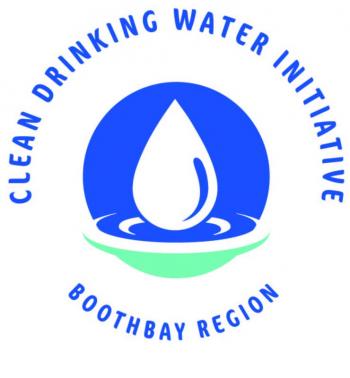It was almost another decade before Maine passed legislation recognizing the critical importance of preserving its drinking water from degradation which held, “The Legislature further finds and declares that an adequate supply of safe drinking water is a matter of highest priority…” (Title 38 MRS 401)
Maine has more than 5,780 lakes and great ponds—just 21 are considered “Impaired” and only 162 are categorized as “Threatened” by Maine’s Department of Environmental Protection (“DEP”). “Impaired” means a lake whose water no longer meets water quality standards. “Threatened” means a lake whose water quality is in danger of becoming “Impaired.” ”Threatened” status is a measure both of a lake’s sensitivity to pollution and its value.
Few paid attention in 1989 when Maine DEP designated the Boothbay Peninsula’s only sources of public drinking water, Adams Pond and Knickerbocker Lake, as “Threatened” based on its prediction of development in their watersheds and its anticipated effect on water quality. DEP has continued to categorize both waterbodies as “Threatened” ever since.
DEP’s most recent 2019 assessment of Adams Pond and Knickerbocker Lake shows both remain “Threatened” after consideration of several factors, including water quality, sensitivity to additional phosphorus pollution and the threat of development in their watersheds.
Even today, almost no one knows that for 25 years the Adams Pond and Knickerbocker Lake watersheds have been on DEP’s NPS Priority Watersheds
List. To be placed on that list, a watershed must have non-point source pollution (“NPS”) as its primary pollution problem.
NPS pollution occurs when rainfall or snowmelt moves over or through the ground, picking up natural and human-caused pollutants, such as fertilizer, sediment, oil, and bacteria along the way. Of all the NPS contaminants in our watersheds, phosphorus, a natural element associated with soil, is the number one concern. When too much phosphorus reaches lakes—and too much is a minuscule amount measured in “parts per billion” — it fuels algae and other plant growth, resulting in poor water clarity, increased aquatic vegetation and harmful algae blooms.
Developed areas of watersheds contribute much more NPS pollution to lakes than natural areas. Studies in Maine show that developed areas of lake watersheds contribute as much as 10 times the amount of phosphorus that natural areas contribute. If natural forested areas of Adams Pond and Knickerbocker Lake watersheds are converted to houses, roads, and driveways, phosphorus inputs to the lakes will increase. If too much of the watershed is developed, water quality will decline, increasing the likelihood of harmful algae blooms, making drinking water more expensive to treat, and adversely affecting recreation and property values.
Fortunately, much of the drinking water watershed remains undeveloped and continues to serve the entire community as a living water filter. These undeveloped watershed lands have been well-managed over the years by the local families who own them. Recently, the water district has worked with willing watershed property owners to convert key watershed properties to conservation land. This conservation work is essential to protecting the water supply that supports the local economy and public health.
The increasing development pressure we see now in the Region puts the watersheds, and our water supply, at greater risk. To ensure clean drinking water for the Boothbay Region’s future, we believe a broad community-wide effort to support watershed conservation is needed now.
To this end, we formed the Boothbay Region Clean Drinking Water Initiative whose mission is: “To forever safeguard the Boothbay Region public drinking water supply through land conservation, education, stewardship and community collaboration.” We hope to work with watershed landowners and the community to protect our water supplies and their watersheds.
This is the second in a series of articles by which we hope to engage the community in this vital project. To find out more about this initiative, please email us at cleandrinkingwater@bbrlt.org.

Hours:
Monday-Friday 7am – 3:30pm
24 Hr. Emergency Service
Website Designed by Digital Canvas LLC